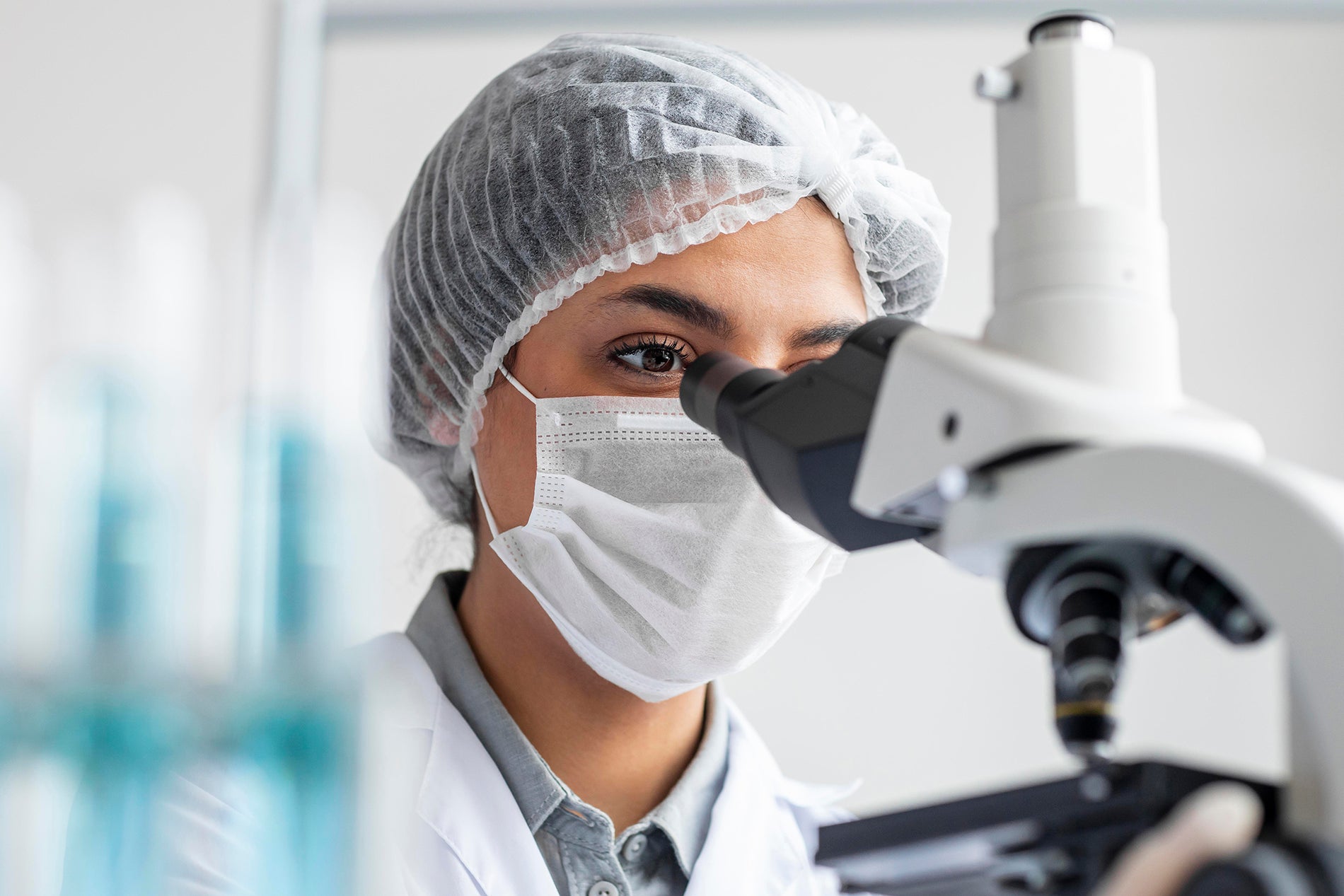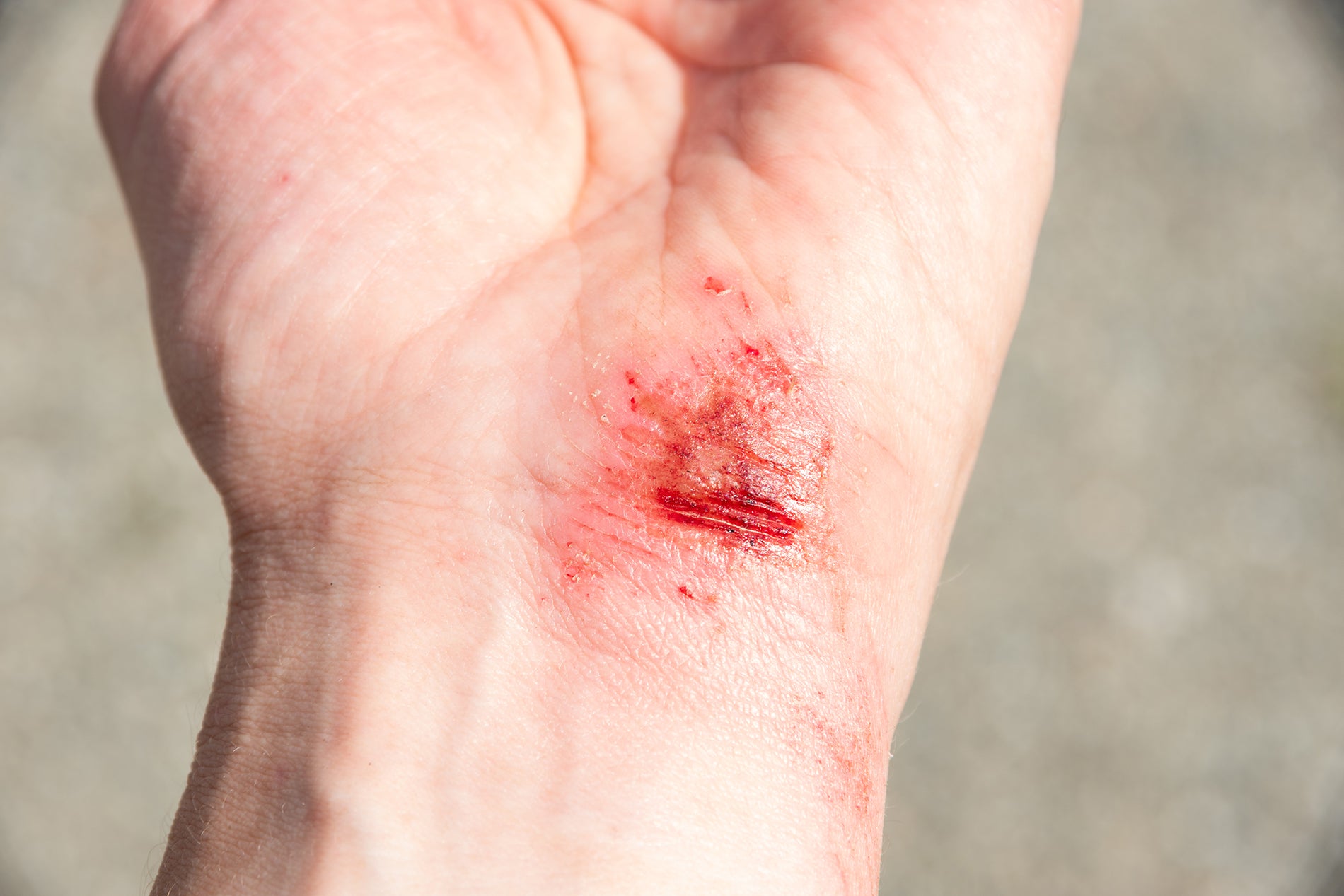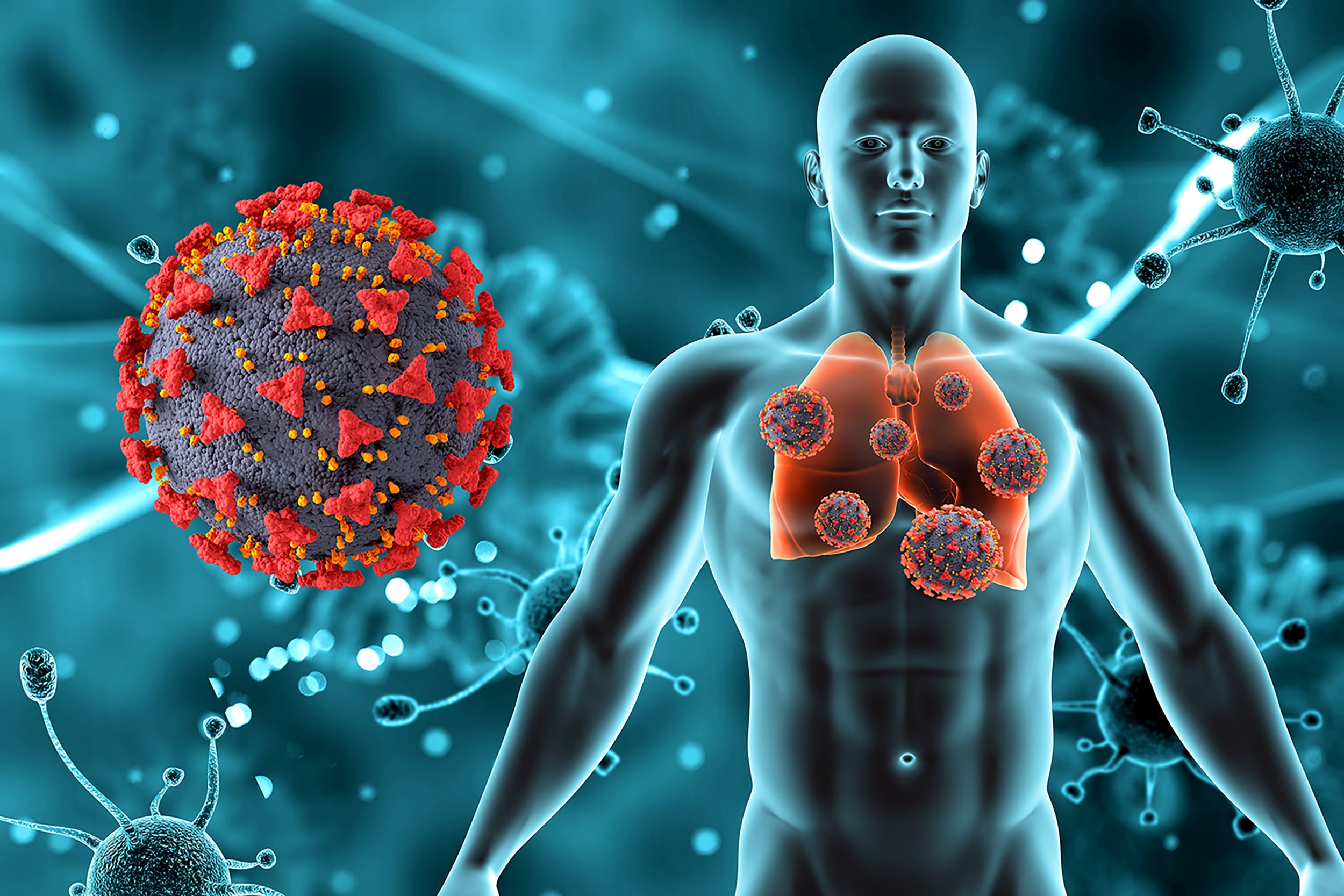
Inactivation of Prions and Amyloid Seeds with Hypochlorous Acid
September 29, 2016
Abstract
Hypochlorous acid (HOCl) is produced naturally by neutrophils and other cells to kill conventional microbes in vivo. Synthetic preparations containing HOCl can also be effective as microbial disinfectants. Here we have tested whether HOCl can also inactivate prions and other self-propagating protein amyloid seeds. Prions are deadly pathogens that are notoriously difficult to inactivate, and standard microbial disinfection protocols are often inadequate. Recommended treatments for prion decontamination include strongly basic (pH ≥~12) sodium hypochlorite bleach, ≥1 N sodium hydroxide, and/or prolonged autoclaving. These treatments are damaging and/or unsuitable for many clinical, agricultural and environmental applications. We have tested the anti-prion activity of a weakly acidic aqueous formulation of HOCl (BrioHOCl) that poses no apparent hazard to either users or many surfaces. For example, BrioHOCl can be applied directly to skin and mucous membranes and has been aerosolized to treat entire rooms without apparent deleterious effects. Here, we demonstrate that immersion in BrioHOCl can inactivate not only a range of target microbes, including spores of Bacillus subtilis, but also prions in tissue suspensions and on stainless steel. Real-time quaking-induced conversion (RT-QuIC) assays showed that BrioHOCl treatments eliminated all detectable prion seeding activity of human Creutzfeldt-Jakob disease, bovine spongiform encephalopathy, cervine chronic wasting disease, sheep scrapie and hamster scrapie; these findings indicated reductions of ≥103- to 106-fold. Transgenic mouse bioassays showed that all detectable hamster-adapted scrapie infectivity in brain homogenates or on steel wires was eliminated, representing reductions of ≥~105.75-fold and >104-fold, respectively. Inactivation of RT-QuIC seeding activity correlated with free chlorine concentration and higher order aggregation or destruction of proteins generally, including prion protein. BrioHOCl treatments had similar effects on amyloids composed of human α-synuclein and a fragment of human tau. These results indicate that HOCl can block the self-propagating activity of prions and other amyloids.
Author Summary
Many serious diseases have been linked to pathogenic states of various proteins. These naturally occurring proteins can be corrupted to form aggregates such as prions and amyloids that propagate in and between tissues by acting as seeds that convert the normal form of the protein into more of the pathological form. For example, corrupted prion protein can cause fatal transmissible neurodegenerative diseases such as Creutzfeldt-Jakob disease in humans, chronic wasting disease in cervids and bovine spongiform encephalopathy. Other amyloid-forming protein aggregates are pathogenic in Parkinson’s, Alzheimer’s, and other diseases. The fact that prions and amyloids are composed predominantly of tough, tightly packed proteins makes them unusually resistant to conventional microbial disinfection procedures. Infectious prions can persist indefinitely in, or on, a variety of materials such as tissues, fluids, tools, instruments, and environmental surfaces, making it important to identify decontaminants that are effective without being dangerous or damaging. Here we show that hypochlorous acid, a disinfectant that is produced naturally by certain cells within the body, has strong anti-prion and anti-amyloid activity. We find that a non-irritating and broadly applicable hypochlorous acid preparation can disinfect prions in tissue homogenates and on stainless steel wires serving as surrogates for surgical instruments.
Full Publication


